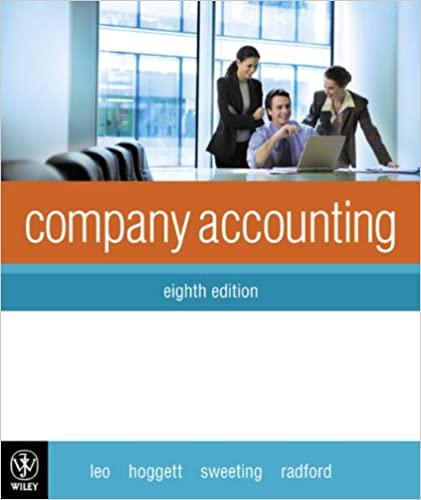Way Cool produces two different models of air conditioners. The company produces the mechanical systems in its components department. The mechanical systems are combined with the housing assembly in its finishing department. The activities, costs, and drivers associated with these two manufacturing processes and the production support process follow. Process Activity Components Changeover Machining Setups Driver Number of batches Machine hours Number of setups Quantity 910 7,92e 100 Finishing Welding Inspecting Rework Overhead Cost $ 472,000 301,000 235,000 $1,008, 800 $ 186,000 231,000 64,500 $ 481,500 $ 137,000 30,500 66,000 233,500 Welding hours Number of inspections Rework orders 4,100 815 220 Support Purchasing Providing space Providing utilities Purchase orders Number of units Number of units 543 4,630 4,630 Additional production information concerning its two product lines follows. Model 145 1,600 800 Units produced Welding hours Batches Number of inspections Machine hours Setups Rework orders Purchase orders 495 2,650 50 150 362 Model 212 3,030 3,300 455 330 5,270 50 70 181 Required: 1. Determine departmental overhead rates and compute the overhead cost per unit for each product line. Base your overhead assignment for the components department on machine hours. Use welding hours to assign overhead costs to the finishing department. Assign costs to the support department based on number of purchase orders. 2. Determine the total cost per unit for each product line if the direct labor and direct materials costs per unit are $210 for Model 145 and $110 for Model 212 3. If the market price for Model 145 is $1.925 and the market price for Model 212 is $260, determine the profit or loss per unit for each model Components department Finishing department Support department Model 145 Activity Driver Departmental OH Rate Total Overhead Cost Components Finishing Support Model 212 Activity Driver Departmental OH Rate Total Overhead Cost Components Finishing Support Required 1 Required 2 Required 3 Determine the total cost per unit for each product line if the direct labor and direct materials costs per unit are $210 for Model 145 and $110 for Model 212. (Round your intermediate calculations and cost per unit answers to 2 decimal places.) Model 145 Model 212 Materials and Labor per unit Overhead cost per unit Total cost per unit int Required 1 Required 2 Required 3 If the market price for Model 145 is $1,925 and the market price for Model 212 $260, determine the profit or loss per unit for each model. (Loss amounts should be indicated with a minus sign. Round your intermediate calculations and final answers to 2 decimal places.) Model 145 Model 212 Market price per unit Cost per unit Profit (loss) per unit Required 2 Roque











